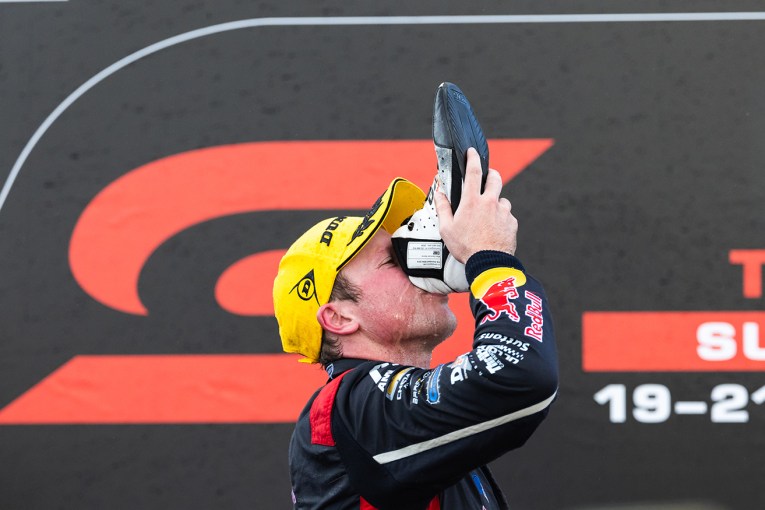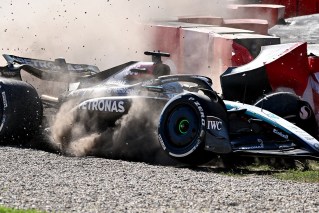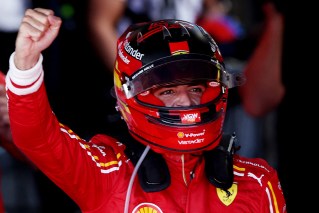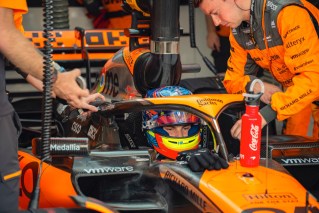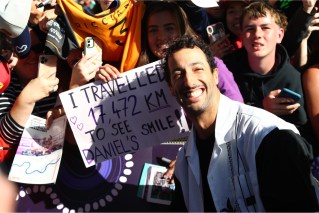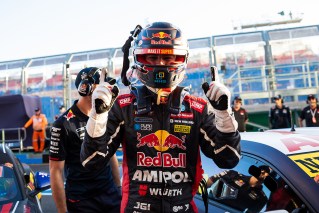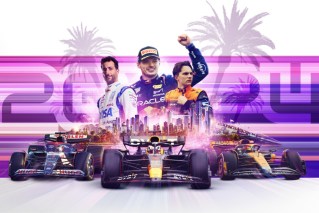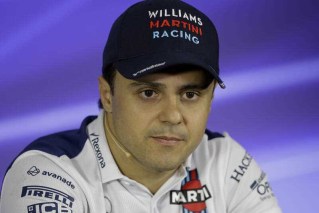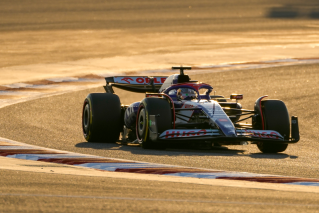The Netflix series behind a surge in Formula One fans – and why drivers don’t like it

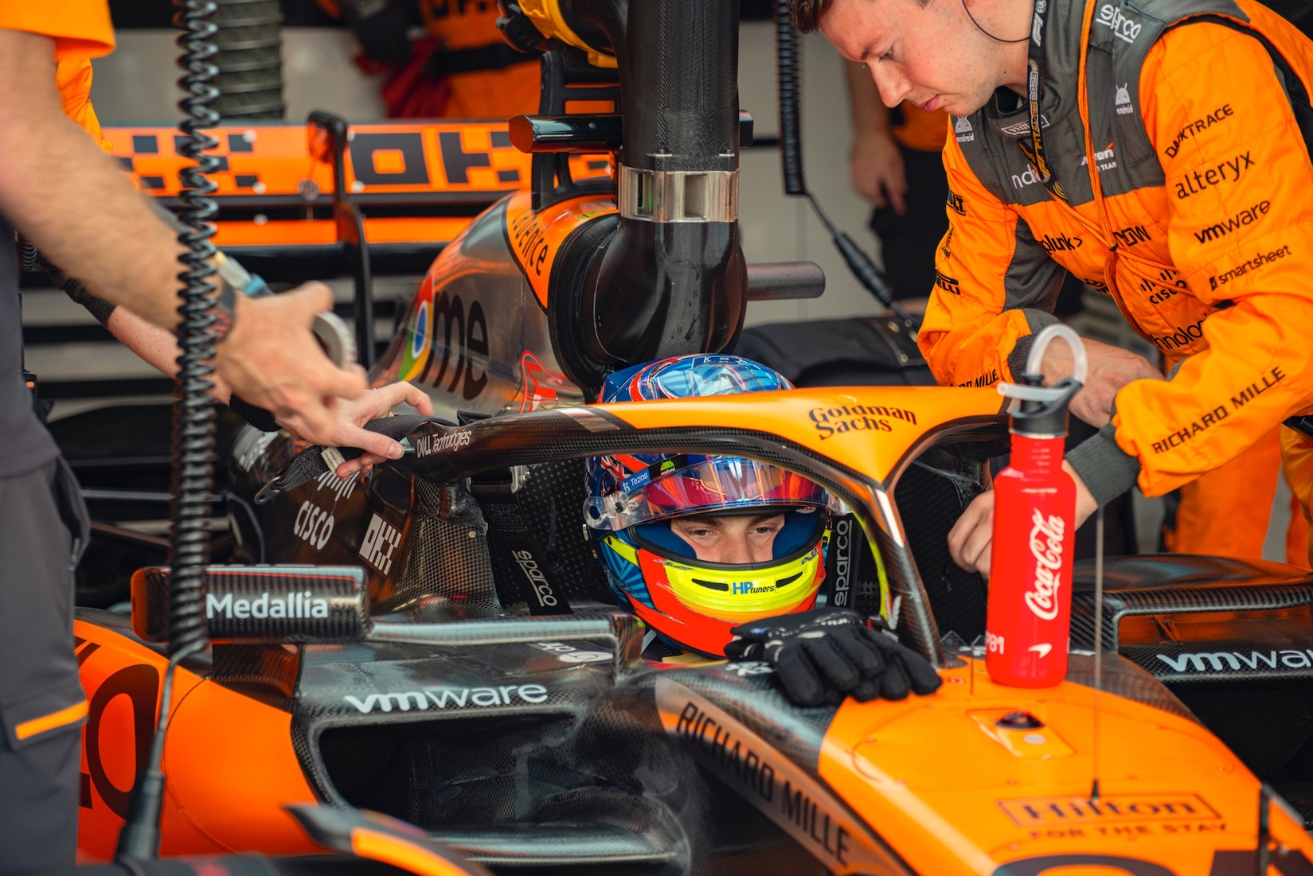
A Netflix series is behind a boom in F1 fans. Photo: Netflix
The Australian Formula One Grand Prix has roared back into Melbourne, with crowds flocking to the Albert Park track.
And while many are welcoming a perceived renaissance for the sport on the back of Netflix documentary series Formula 1: Drive to Survive, not everyone is happy.
Thursday’s practice on day one of the Australian GP saw an estimated 65,030 fans head to the street circuit – the third-highest Thursday attendance on record and 4198 more fans than the the same day last year.
Some of the boost can certainly be attributed to the popularity Formula 1: Drive to Survive.
The series, which released its sixth season in February, has been credited with gifting F1 a surge in popularity and attracting younger fans and more female ones.
A 2022 poll by Morning Consult of almost 1900 adult American F1 fans showed more than half credited Formula 1: Drive to Survive as their entry point into F1 fandom.
But some F1 drivers, arguably the biggest stars of the show, are not so enthusiastic.
Red Bull driver and 2023 champion Max Verstappen has spoken out against Formula 1: Drive to Survive multiple times, including this week in Australia.
Verstappen speaks out
While appearing on The Project alongside RB driver Daniel Ricciardo, Verstappen insinuated fans didn’t get to see a lot of his funny personality in the series.
“You don’t see a lot of me on Drive to Survive, which is why I don’t like doing it,” the Red Bull ace said.
“You probably don’t get the right side of me because it is just an interview, I am just sitting down in a dark room and I hate that,” he added.
“And there’s always questions just about F1-related stuff which I don’t like to talk about … People don’t need to know what we are doing and what we are saying.”
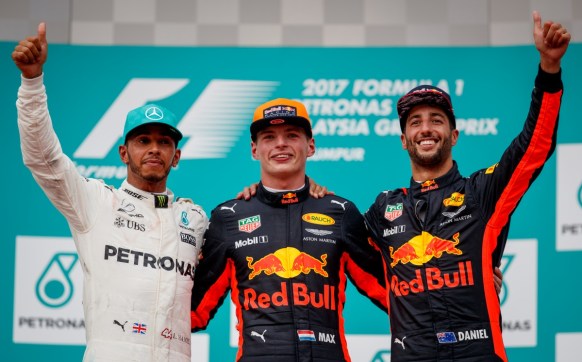
Max Verstappen (centre) with fellow F1 drivers Lewis Hamilton (left) and Daniel Ricciardo (right). Photo: Getty
Victoria University senior lecturer in screen media Marc C-Scott said Formula 1: Drive to Survive had grown the fanbase for F1 because it gave insight into the inner workings of the sport.
Along with the drivers, viewers get to know other key figures such as team principals, all packaged neatly with the high-grade cinematography of a serious, well-funded documentary with spice of reality TV.
“You can watch the series and not necessarily watch a Formula One race and still get something out of it,” C-Scott said.
“There’s some really good narrative aspects that come through it, and a good story gets eyeballs.
“It has a glitz and glamour and … whilst they do show races, it’s a lot more behind the scenes stuff. So you get a bit of a sense of the pressure that some of these teams are put under, the drivers, the back room discussions that happen.”
But it’s the narratives of episodes that appears to have drawn the ire of some drivers, as they veer towards the drama of reality TV we love to hate.
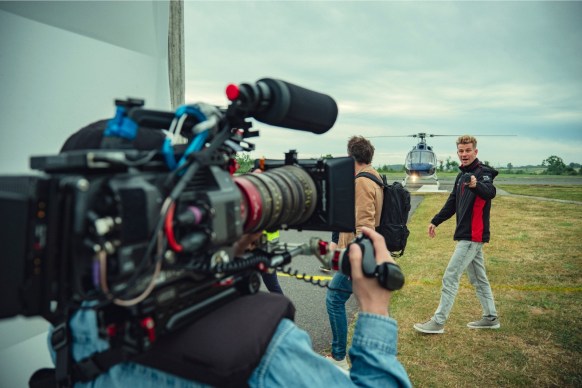
Audiences don’t get to see everything the cameras capture. Photo: Netflix
Recently-retired F1 driver Sebastian Vettel told Swiss-German publication Neue Zürcher Zeitung the series was “a bit weird because it was so unrealistic”.
In 2022, Formula One CEO Stefano Domenicali told Italian publication La Gazzetta dello Sport acknowledged some drivers were unhappy with their portrayal on Formula 1: Drive to Survive.
“It is to be understood that the dramatisation is part of the path to ignite interest, but in this sense there are themes that need to be redefined,” he said.
This came after Verstappen had spoken out in 2021 about how the Netflix series would “fake a lot of stuff” including rivalries he said didn’t exist.
But for better or worse, that’s the reality of reality TV.
“We want to engage, we want that sort of spice to it, that tension that comes from particular moments,” C-Scott said.
“Any form of content that has that reality aspect to it, they shoot a lot of hours of content. Not all of that, obviously, gets put on screen.
“So there’s that editing aspect, [and] some people may not necessarily like the way that they’ve been edited and presented on screen.”
